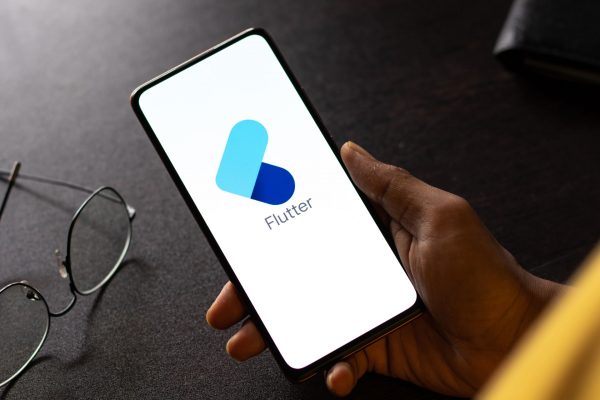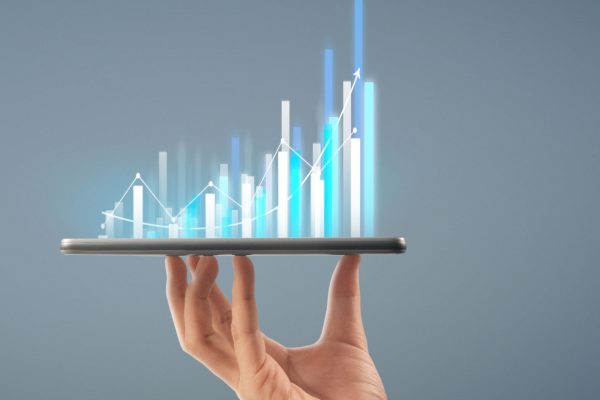Full personalization involves much more than just addressing each user/customer by their name. It’s a strategy that involves a thorough analysis of customer behavior and interests and responding to them with tailor-made messaging and offers. In this post, we want to show you how to use behavioral data to personalize customer experiences (CX).
First off, let’s see what behavioral data actually is. In general, this term refers to the way your users interact with your digital products, services, and marketing efforts. For example, if you put on your website an ad advertising a new cellphone and one customer clicks it, you have a piece of behavioral data saying that this particular customer is interested in mobile devices. Later on, you can use this knowledge to tailor offers and discounts to trigger that person’s interest.
When it comes to your website, behavioral data comprises
- Page views: What subpages a given person was interested in.
- Click-through rate (CTR): How many users clicked a specific button or banner.
- Bounce rate: How many users leave your website without interacting with it.
- Search queries: What people are looking for in your search engine (this mostly refers to e-commerce websites), etc.
On the other hand, if you have a mobile app, you can track which users open your app frequently and what in-app actions they perform. Let’s go back to our e-commerce example. If you run an online store, and you see that the majority of your users open your app to browse products available in the nearest store, you know this group of customers is interested in interacting with your brand on both online and offline levels. This knowledge can trigger you to design some new in-store marketing campaigns, e.g., discounts for people using your app.
How to use behavioral data in marketing
In general, there are three major ways in which you can use behavioral data. Let’s have a look at them:
Personalization of customer experiences
By analyzing patterns in customer behavior (such as purchase history, browsed products, website interactions, and content engagement), marketers can create more in-depth customer profiles. Once you have such profiles, you can personalize your marketing messages, product recommendations, and offers. This way, you can get much better results because people respond better to ads and offers, talking specifically about the products they are interested in. As a result, you can increase the effectiveness of your marketing efforts but also boost customer satisfaction.
Predictive analytics
Behavioral data can also be used to predict future consumer behavior. Here, though, you need the support of AI and related technologies. Using machine learning algorithms, you can identify trends and patterns that indicate the probability of specific customer actions or trends, such as purchasing a product that’s new in your offer or subscribing to a newly designed service. With predictive analytics, you can also target customers who are most likely to convert, optimizing advertising spend and budget allocation. Again, behavioral data makes your marketing and sales-related activities more effective.
Optimization
Lastly, behavioral data tells you a lot concerning how people interact with your website/app as well as your marketing campaigns. This knowledge can be then used to improve your website, your app, and even your offer. For instance, if you see that a given marketing campaign has a low CTR, you can work on its content or offer to verify what will bring better results. In the same way, you can analyze and optimize almost every element of your offer and website.
How to gather and analyze behavioral data
All you need to gather behavioral data is a tech solution enabling just that. For example, if you want to track user behavior on your website, a simple analytics tool such as Google Analytics can be sufficient. If you run campaigns on Facebook (or any other social media), this platform comes with its own analytics feature. So, in essence, you just need to use tools that are already there.
It’s a bit different story if you want to develop a brand-new mobile app. In such a situation, you need a tech partner (such as Appchance) that will design and implement necessary user tracking and behavior analysis tools. However, even here, there are tools that streamline this process for you (e.g., Google Firebase). When you’re working with us on a new mobile app, we will take care of all the solutions necessary to gather all the behavioral data you need.
Our main product, the LPaaS loyalty app, comes with mobile analytics in the highest tailor-made Business option.
Once you have all the tools necessary to gather customer data, you can use this data and process it (again, using tools that we design for you), and then use it in various marketing and sales-related activities. There are several methods enabling you to personalize customer experiences. Let’s have a look at them.
Methods of personalizing CX
There are many methods enabling you to personalize customer experience, but today, we want to show you five of the most important ones:
- Segmentation: You can divide your customer base into segments based on characteristics (such as age or location) or behaviors (e.g., purchase history or product preferences). It’s a good idea to create detailed customer personas for each segment and tailor your offer to those segments.
- Personalized content: You can customize content, such as website messaging, blog posts, email campaigns and newsletters, based on customer preferences and past interactions.
- Product recommendations: You can use recommendation algorithms to suggest products or services that are relevant to individual customers or customer segments. A must-have solution in e-commerce.
- Personalized communication: That’s the most basic level of personalization, but still crucial. You should address customers by their first name in emails and other communications (e.g., on social media). You can go even further and send personalized follow-up emails or messages after a purchase, asking for feedback or offering related content or products (upselling and cross-selling).
- Personalized customer support: Lastly, your customer support team needs access to customer history and data to address issues or questions more effectively and in a more personalized way. Also, if you use chatbots in your company, make sure they have access to customer data and use it in their communication.
Wrapping up
As you can see, behavioral data can be extremely helpful when it comes to your website, your mobile app, your sales and marketing. Gather and use it wisely, and you will be able to improve your whole communication with customers and even your offer.
And if you want to develop a new mobile app for your business, we are at your service!




